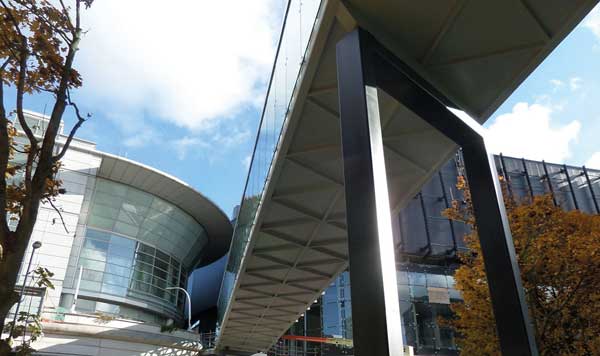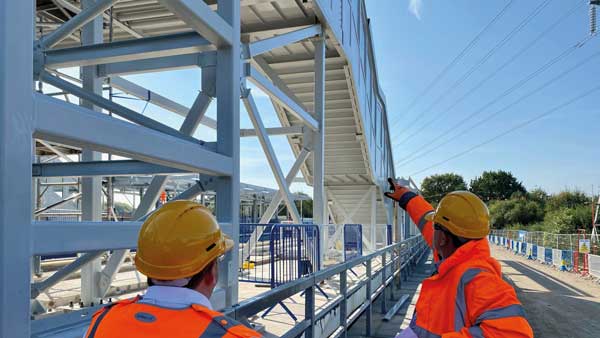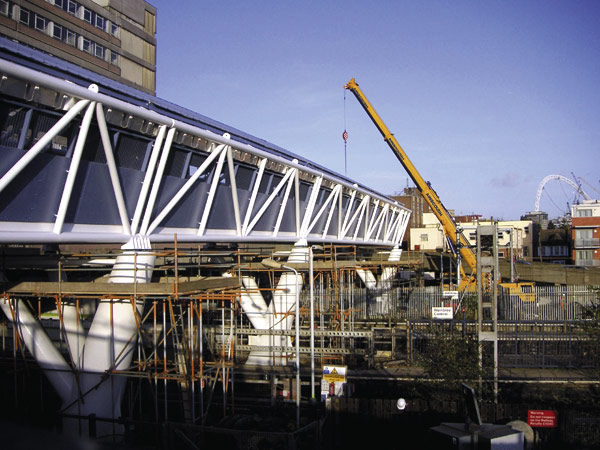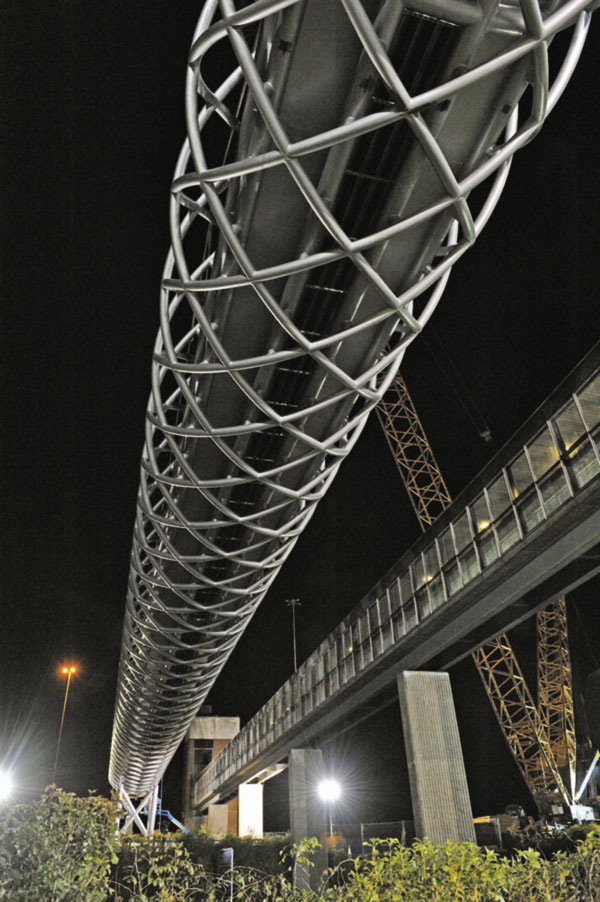Technical
AD 428: Draft guidance: lateral and torsional vibration of half-through truss footbridges
Purpose of this guidance
This note alerts designers to the potential susceptibility of narrow half-through footbridges to excitation by pedestrians in a lateral-torsional mode. Eurocodes and UK National Annexes do not currently fully address this mode of vibration, so there is a danger it may be discounted without proper consideration. This gap in the standards has led to the need to retrofit dampers and/or provide additional stiffening to some recently constructed footbridges where excitation occurred due to pedestrians walking eccentric to the deck centreline and, more significantly, from deliberate shaking of the deck.
Affected mode of vibration
Half-through footbridges, without plan bracing to the top chord, often have as their lowest natural mode of vibration a lateral-torsional mode. A typical example is shown in Figure 1. The mode occurs because the open bridge cross-section has a low torsional stiffness with a shear centre below the deck level about which axis the rotation occurs.
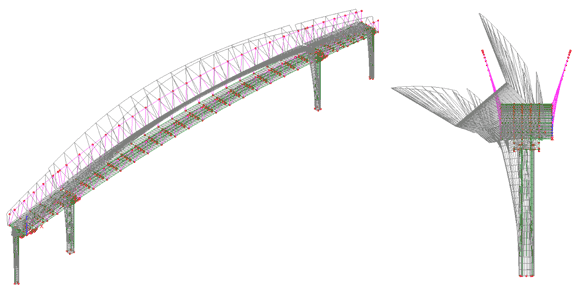
Figure 1 – Lateral and torsional mode of vibration
Current UK design criteria and their interpretation
The criteria for assessing the dynamic behaviour of footbridges are outlined in the following Eurocodes (BS EN) and BSI Published Documents (PD):
- BS EN 1990:2002+A1:2005 as modified by UK National Annex
- BS EN 1991-2:2003 as modified by UK National Annex
- PD 6688-2: 2011
They contain the following requirements:
- Eurocode BS EN 1990 clause A2.4.3.2(2) requires comfort to be verified if the natural frequency is lower than 2.5 Hz for lateral and torsional modes;
- BS EN 1990 clause A2.4.3.2(1) states that comfort criteria should be defined in terms of maximum acceptable acceleration and proposes a horizontal limit for lateral and torsional vibrations of 0.2 ms-2 under normal use and 0.4 ms-2 for exceptional conditions, but makes these values nationally determined parameters;
- Clause NA.2.3.10 of the UK National Annex to BS EN 1990 states that the pedestrian comfort criteria should be as given in NA.2.44 of the UK National Annex to BS EN 1991-2. However, this clause does not specify a maximum acceptable acceleration for horizontal movement under normal use – it (and PD 6688-2) only address synchronous lateral vibration caused by lateral forces from footfall and does not address lateral and torsional modes excited by vertical loading.
None of the documents provide limiting horizontal accelerations for deliberate lateral shaking of the bridge.
A literal reading of all the applicable clauses therefore leads to the conclusion that a lateral-torsional mode with frequency less than 2.5 Hz should be verified for horizontal acceleration as BS EN 1990 clause A2.4.3.2 (2) still applies. However, no acceleration limit is provided as BS EN 1990 clause A2.4.3.2(1) is modified by the UK NA to BS EN 1991-2 which, itself, does not provide a limit.
Interim recommendations
Work is under way to update the relevant Eurocodes via BSI and CEN. However, the following interim recommendations are made until such time as the suite of codes above are made consistent.
i. The design should conform to the requirements of BS EN 1990 clause A2.4.3.2(2) i.e. a verification of the comfort criteria should be performed if the fundamental frequency of the deck is less than 5 Hz for vertical vibrations, and 2.5 Hz for horizontal (lateral) and torsional vibrations.
ii. In the absence of a maximum acceptable acceleration for horizontal movement under normal use being specified by NA.2.44 of the UK National Annex to BS EN 1991-2, the recommended value given in BS EN 1990 clause A2.4.3.2(1) should be used (i.e. 0.2 ms-2), measured at the level of the deck. The acceleration should be calculated under the vertical load models of NA.2.44 considering walking paths offset from the bridge centreline as necessary.
iii. Where the fundamental frequency of the bridge is less than 3 Hz for horizontal (lateral) and torsional vibrations, consideration should be given to making provision in the design, in discussion with the client, for possible installation of dampers to the bridge after its completion. (This recommendation makes some allowance for uncertainty in the value of damping and other parameters used in the calculations and also provides some potential remedy for unacceptable horizontal accelerations from deliberate shaking should they occur).
iv. Any further limiting criteria for pedestrian comfort, such as under deliberate shaking, should be determined on a project-by-project basis and agreed with the client.
v. The potential for unstable lateral responses (synchronous lateral vibration) should still also be checked using NA.2.44.7 of the UK National Annex to BS EN 1991-2.
Chris Hendy, Atkins SNC-Lavalin
Chair of SCI’s Steel Bridge Group
Contact: Richard Henderson
Tel: 01344 636555
Email: advisory@steel-sci.com








